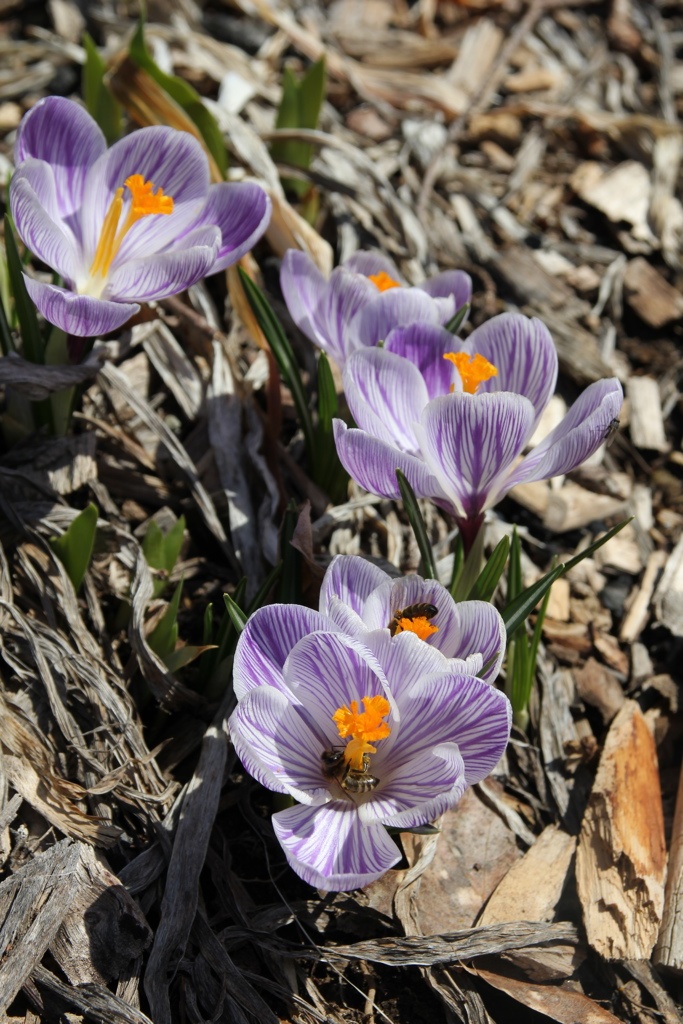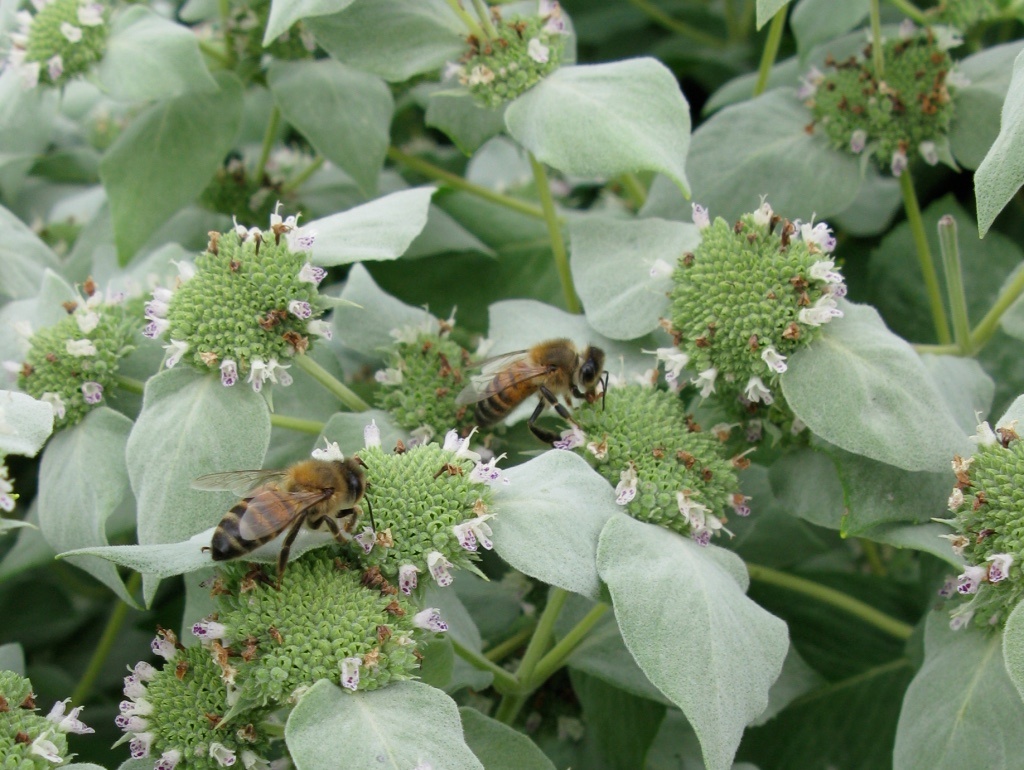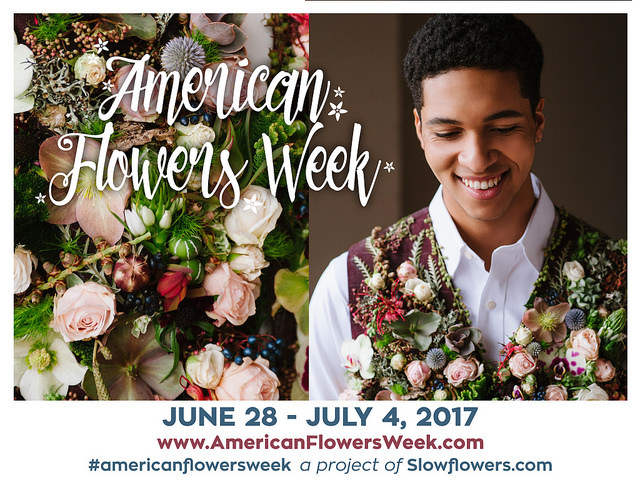Want More Bees in Your Garden? Plant More Flowers!

Next week is National Pollinator Week, so it’s a great time to think about making your garden more bee-friendly. What’s the single best thing you can do? Plant more flowers! The more pollen and nectar you offer, the more pollinators you’ll support. Bees are hungry from early spring…

…through late fall.

In a recent study of pollination behavior in urban vegetable gardens, researchers at San Francisco State University showed that even a small urban garden can attract and feed a surprising number of pollinators.
Student researchers measured bee activity by locating tomato plants in different types of gardens around the city. Like most fruit-producing plants, tomatoes won’t set fruit unless there are bees to pollinate the flowers. So after the plants had been in the gardens for several weeks, they were brought back into the lab to see how many flowers had been pollinated:

“ … Neither the size of the garden nor the amount of green space in the surrounding area impacted the amount of pollinator service a [tomato] plant received. Instead, the key factor was the ‘floral resource density,’ or the abundance of flowers present within the garden in which the tomato plant was located. The more densely flowers were grown within each garden, the higher the yield of tomatoes.”
The key to attracting pollinators? Offer them more flowers! You can read the full story here: City buzz: Urban pollinators get the job done.
If you want to roll out the welcome mat for pollinators, you’ll find some easy tips and techniques here: How to Design a Bee-Friendly Garden.
To learn about National Pollinator Week and related activities, visit the North American Pollinator Protection Campaign.

